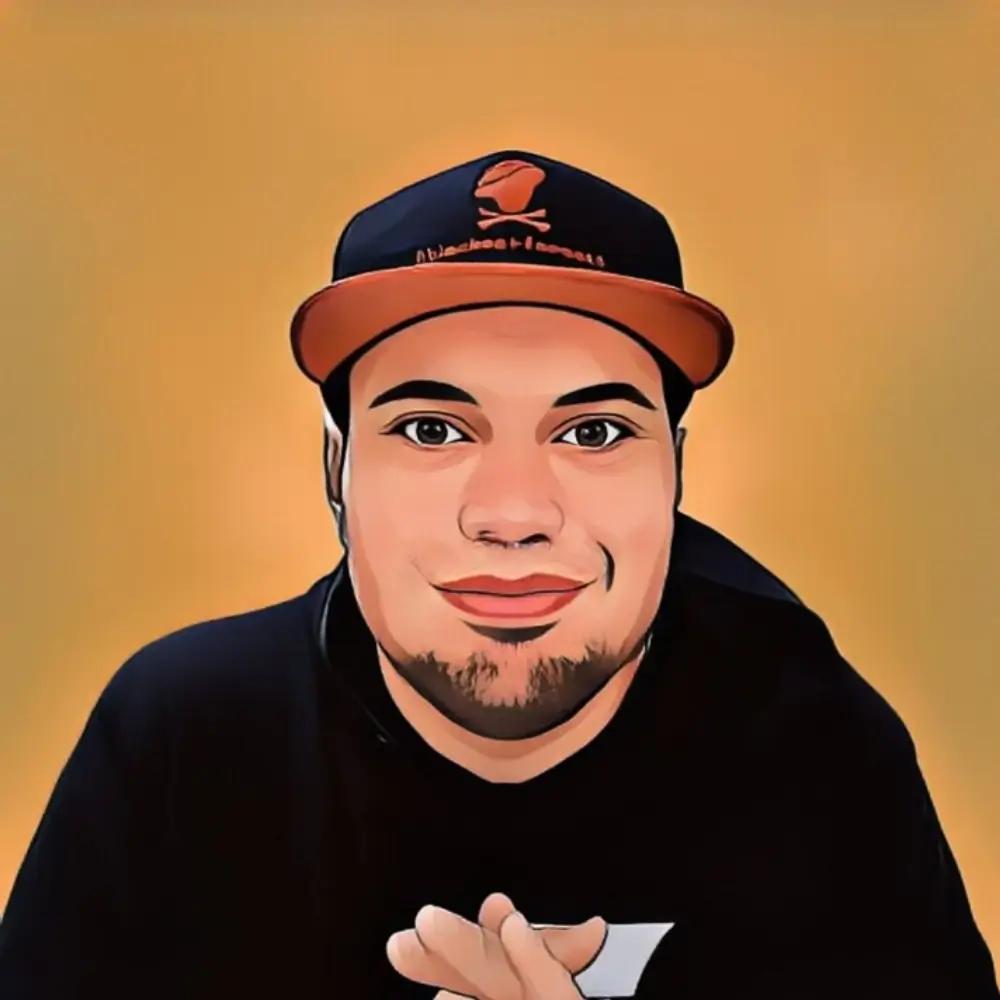AI in Video Editing (as a Travel Vlogger)
Does the world need another article about AI and video editing? Not really, but I have written one anyway. Today, I want to share my experience on how AI can help you produce better videos. You will see what features can improve your content and why I avoid AI-generated footage, because yes, limitations of AI in video editing do exist.
Of course, this article aims to help all content creators, but given that I have run a travel vlog for more than two years, I do focus on travel content creators in particular. If you are looking for more general information, check out my main page about travel vlogging.
I have also written posts to help you find the best camera for a travel vlogger, and how to become one and get paid. But now let us start the show.
3 Ways on How to Use AI in Video Editing
In general, there are three main ways to how to use ai in video editing.
- Use AI to create video content
- Leverage AI to improve existing footage
- Use AI outside of the main editing process (e.g., for planning or writing)
Using AI-Generated Footage as a Video Editor
This first category is pretty straightforward: Tell an AI tool like Kling AIto create a video. But I honestly hardly use it. What is the point of traveling to a place and then not using your own footage? Of course, it is a fine line, since I do use visual effects in my videos to highlight things that do change the perception of the images.
That said, I do have one AI-generated clip in my recent videos made with the free version of Open AI. I took my logo and used a the AI video tool to turn it into a short animated scene that looks like a cartoon version of me talking. I placed it in the outro of my Computex 2025 video, for example. A perfect match for the AI-themed tech trade show, right?
That is an expectation, of course. Using free AI tools to add that extra spice to your travel videos can help make your content more engaging, but I recommend using them as little as possible. Especially free AI tools, in my experience, have limited functionality, and their output is hit-or-miss.
I believe travel vlogging should be about sharing real travel memories. Aside from that one AI-generated scene, I would say 99% of my content is filmed by me. The remaining 1% consists of free stock clips, mostly drone footage, like in my Eibsee video. (I do not own a drone.)
Video Editing with AI Tools as a Content Creator
Most video editing tools are now packed with AI-powered features by now. As a user of DaVinci Resolve, I do appreciate tools like AI color correction, AI-generated subtitles, voice isolation, and AI motion tracking.
These features are incredibly useful, but I feel that many of them existed before the recent AI hype. In many cases, software providers are simply rebranding already powerful tools by adding the “AI” label.
That said, I do believe DaVinci Resolve is currently the best AI video editing software available. I also discussed this in my tech stack article. However, keep in mind that some of the AI features are only accessible in the paid Studio version. Still, I highly recommend Resolve as one of the best free AI video editing tools on the market.
Some AI features are still not mature enough or are simply overused. For example, I am not a fan of AI-generated voice-overs.
While they can sound realistic in English, they tend to struggle with switching between languages – which is unfortunate if you live in Asia and mostly travel in Taiwan. On top of that, they often lack emotional depth.
I also experimented with training an AI to imitate my own voice, but with limited success. The model failed to adapt to my speaking pace and other subtle details. From my experience, the biggest benefits of AI in video editing are:
- Improved audio, especially through DaVinci’s AI Voice Isolation
- Upscaling and enhancement options (1K to 4K)
- Noise reduction (both video and audio)
For example, in my video about the Zhaishan Tunnel in Kinmen, AI tools helped me reduce the video noise caused by filming in low-light conditions. The denoise and dehaze features made a big difference in the final quality.
Other Use Cases of AI for Video Editors
I think the biggest benefit of using AI as a video editor lies outside of creating and editing your footage. Let me explain: I use ChatGPT to proofread my voice-over scripts and help generate key visuals. While I create the first drafts of all designs myself, AI tools have helped me maintain consistent branding (at least I am trying). This is true not only on my channel and in my videos but also here on this blog.


I am not a graphic designer, and without AI support, my designs would look poor(er). I do pay attention to keeping visuals aligned with my color palette and branding. As a rule of thumb, I keep things simple but consistent. That said, it can be challenging to achieve visual consistency when relying solely on AI-generated designs. It often needs a human touch to get it right.
I also use ChatGPT to help with titles, hashtags, and video descriptions. It is not a perfect system, but it saves me a lot of time. After all, I do this in my free time and often have more things I wanna do on my weekends. AI tools take a huge workload off your shoulders, especially when it comes to any kind of written content. And yes, I wrote this article by myself, but ChatGPT did do all the proofreading. If you find a typo that is not my fault, contact chat@gpt.com 🙂.
Summary: What Is AI in Video Editing to You?
In this post, I have shared some of my personal experiences using AI for video editing. As a travel vlogger, I avoid fully AI-generated videos. However, I do enjoy the many AI-powered features in my editing software and appreciate how they help improve workflow, even though there are still some limitations.
Thanks for reading until the end! When it comes to the question “What is AI in video editing?”, I believe there is no single answer. In this article, I tried to share my thoughts. Feel free to read more about traveling in Taiwan, follow me on Facebook, and of course, check out my channel on YouTube!



Leave a Reply